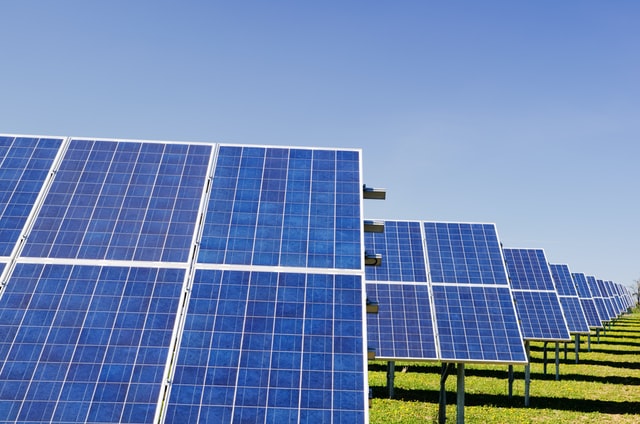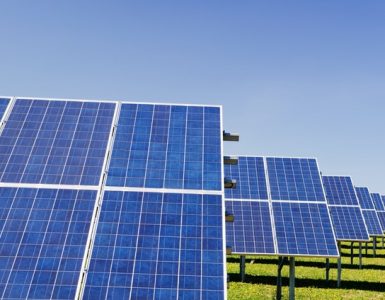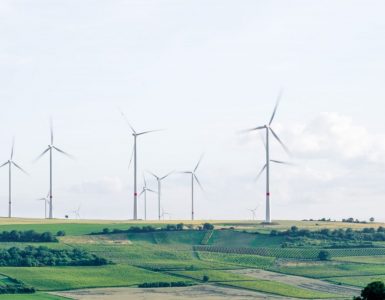India’s Minister of New and Renewable Energy, Mr Pralhad Joshi, inaugurated the state-of-the-art 5.4 GW solar cell gigafactory (manufacturing facility) of Warree Energy at Chikhali in Gujarat.
As India’s largest state-of-the-art solar cell production plant, this landmark achievement is a decisive step towards strengthening the domestic solar supply chain and reducing dependence on imports. The global solar energy value chain is also at the forefront of the country’s march as a net exporter and enabler in the ecosystem.
Speaking on the occasion, the Minister for New and Renewable Energy, Pralhad Joshi, said, “This magnificent facility embodies the spirit of India and stands in the form of India’s growing expertise in the global renewable energy scenario. This is in full alignment with our national vision of establishing India as a global manufacturing hub for clean energy technologies. The plant will not only cater to local needs but also position India as a major exporter of advanced solar technologies.“
Mr Pralhad Joshi mentioned that now India is not only participating in the global energy revolution but leading it. Today, India has the third-largest renewable energy capacity in the world. In the last 10 years, there has been an extraordinary increase in the solar power capacity in the country, from 2.82 GW in 2014 to 104 GW today, showing a significant increase of 3580%.
Pralhad Joshi said that the emphasis on module production has also increased, and its capacity has increased from 2 GW in 2014 to 80 GW today. In 2014, the production of Solar Cells and Wafers did not exist, but today India has 25 GW of cells and 2 GW of Wafers produced.
To give a further boost to solar module production, the government has issued guidelines stating that all solar PV modules used in projects will have to get their solar cells from ALM list-II starting from June 1, 2026.
By 2030, this initiative will take India’s renewable energy efforts to new heights. We are confident that the production of solar modules will skyrocket and reach 150 GW by that time. Our capacity for solar cells will increase to 100 GW, with wafer production reaching 40 GW.
Minister Joshi pointed out that, according to the Future of Jobs Report 2025 released by the World Economic Forum, creating jobs globally in sectors such as green transition will lead to 170 million jobs by 2030. Contributing to this number will also be the significant number of jobs generated by this 5.4 GW solar cell manufacturing plant. The facility will create numerous opportunities for both local residents and professionals, he said.
Pralhad Joshi said that Gujarat is a state where renewables make up 57% of the total energy capacity, while thermal energy accounts for 43%. He added that the state has more potential to increase its progress under the flagship schemes of the Central Government.
A total of 3.85 lakh installations have been done so far under the PM Surya Ghar: Muft Bijali Yojana. This number needs to be boosted. Union Minister Joshi said that the passion of Gujarat is not just about trade and commerce. It is about doing business responsibly and sustainably. We are proud that this plant with its full potential will contribute to making India a global powerhouse in solar energy, he said.






Add comment